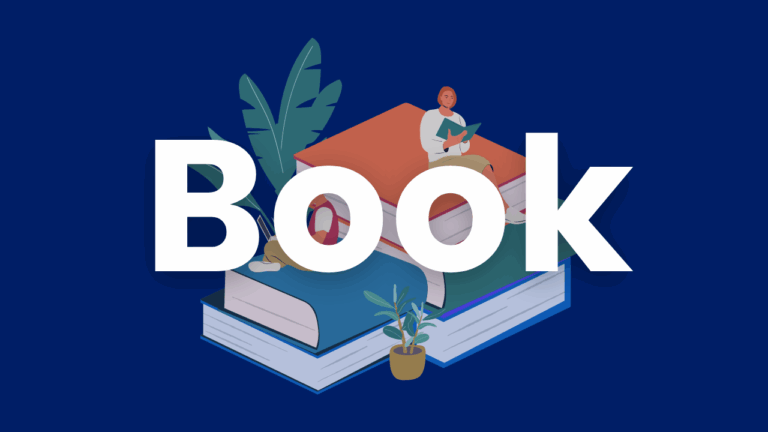Becoming a Literacy Leader Workshop Series
Webinar series following three Ontario teachers as they implement universal screening.

Webinar series following three Ontario teachers as they implement universal screening.

This educator-friendly book, written by reading researchers, outlines the rationale for vocabulary instruction, and how to implement it in classrooms from K-12

This IDA Ontario webinar focuses on incorporating intentional yet playful phonological and phonemic awareness instruction into the Ontario kindergarten program.

Third webinar in the IDA Ontario structured literacy in kindergarten series.

Free downloadable supplemental reading intervention program for students in grades three to five who continue to need support with word reading. This program includes 40 40-minute lessons designed to be delivered in small groups, 3 – 4 times per week.

In this episode of the popular Reading Road Trip podcast, Dr. Holly Lane, the Director of the University of Florida Literacy Institute (UFLI), unpacks key considerations for teaching foundational reading and writing skills.

In this article from the International Dyslexia Association, Al Otaiba et al. emphasize the significance of evidence-based systematic and explicit instruction. They outline the typical process through which students grasp the alphabetic principle (the concept that words consist of distinct sounds). They also provide explanations of blending and segmenting instruction, accompanied by sample activities. The article also furnishes teachers with resources for explicit and systematic reading instruction as well as examples of explicit and systematic programs for teaching phonemic awareness and phonics.

In this IDA Ontario podcast featuring Kate Winn and Dr. Jan Hasbrouck, the focus is on the significance of reading fluency and its impact on students’ literacy development. Reading fluency, characterized by accuracy, rate, and prosody, plays a vital role in overall reading proficiency and comprehension. The podcast highlights the importance of assessing reading fluency effectively, and using research-backed approaches to supporting fluency development.

This PaTTAN Webinar focuses on partner reading, a classwide intervention to improve students’ fluency. This is an intervention that can be used best in grades 2-8, but also possible in mid-year of grade 1. Lindsay Kemeny implemented this class-wide intervention in her grade 2 classroom and in just two weeks saw growth in her students’ ORF scores. In this webinar, Lindsay shows educators how to implement partner reading in the classroom and provide printable resources.

This webinar will support educators in determining oral reading fluency goals, specifically for accuracy and rate, and how to provide instruction for these goals in a small group setting. Michael Hunter provides examples of assessment with a focus on accuracy, error tracking using decodable texts, and how to provide small group instruction to first improve accuracy followed by rate. This webinar will support educators of all grade levels working with students to improve oral reading fluency with connected text.

This activity allows students to practice dissecting Heart Words (high-frequency words) with irregular letter sound relationships by listening to the individual phonemes in a word and then filling in the corresponding spellings. They fill in a heart above the irregular part of the word that must be learned “by heart” and write that tricky part again.
Sample scripts are provided for the following words: saidfromhisofcould
This PDF includes 5 pages. Page 1 provides the overall directions, pages 2-4 provide the sample scripts and page 5 is the student spelling grid sheet.

Put Reading First is a comprehensive guide to evidence-based reading instruction. Intended for educators and administrators, this guide aims to improve reading outcomes for children in the early grades.Chapter 1 provides an overview of the essential components of effective reading instruction, such as phonemic awareness, phonics, fluency, vocabulary, and comprehension. Chapter 2 focuses on the critical early stages of reading development, emphasizing the importance of explicit instruction in phonological awareness and phonics.Chapter 3 highlights the significance of developing automaticity and prosody in reading to enhance comprehension.Chapter 4 delves into the importance of vocabulary, teaching word meanings and strategies to foster word learning.Chapter 5 explains techniques for enhancing understanding, including active engagement, monitoring, and metacognition.Practical strategies for classroom instruction include using explicit and systematic phonics lessons, providing ample opportunities for guided oral reading, incorporating vocabulary-building activities, and promoting meaningful discussions to enhance comprehension.